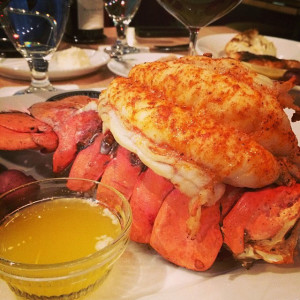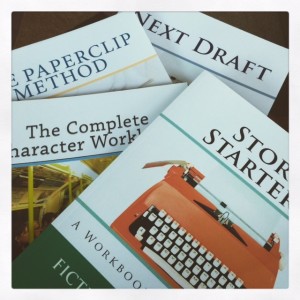Yesterday was Mother’s Day.
I don’t have a mother (anymore, not since 1992), so I usually take this day to ruminate on my mother’s parenting skills, her cooking skills, her financial skills, her communication skills, and her maternal instinct, and come up with the same conclusion: She wasn’t very good at any of those things.
Oh, I’m not bitter about it. She might have been flawed, but I’m not the type who would blame my entire life circumstances on the fact that she might have been severely bipolar and/or maybe even evil. I miss that she wasn’t here more than I rue the fact that she wasn’t June Cleaver.
Not even close.
Yesterday would have also been her 82nd birthday. Here is the photo I posted on Facebook for the occasion:
Despite the bittersweet day, I’m not going on regarding emotions. I can blog forever about parent-child relationships and how it is to live with a crazy woman.
Instead, let’s devote today’s talk to F-O-O-D.
There are only two days a year where I refuse to cook. One is Easter; the other, Mother’s Day. On these two days, I prefer to hit up a high-end brunch and get liquored up on mimosas and all the prime rib and shrimp cocktail I can eat.
It is sad when I do not get my Mother’s Day brunch. Three years ago, I made a reservation at a VERY nice restaurant for Mother’s Day brunch. My husband and I had enjoyed a very nice anniversary there the September before. We loved the place. Good food, good service.
I called in my reservation two weeks before Mother’s Day. I provided the hostess with a credit card number (on the very slim chance that I would no-show my brunch. As if!)
We arrived at the very crowded venue in chi-chi Birmingham with time to spare. Enough time for the rudest hostess ever to tell me that we didn’t have a reservation. And couldn’t get me in. ON MOTHER’S DAY. Nearly in tears, we stopped at Papa Joe’s market on the way home. They saved the day with their own prime rib.
This year, my daughter is home, which is lovely. This year, Easter was cold and blustery, which caused a dissent regarding another brunch outing. In fact, I was outnumbered. “I hate eating around children.” “I don’t want to drive that far.” “You mean I have to get dressed up?” “This cuts down on my outside time.” I’ll let you figure out which family member declared which silly sentence.
I hate being worn down, so I said, “If you don’t want to go out to brunch, I’ll accept a Lobster Gram.”
Sold!
Sure they were sold. I ended up making the lobster. And the twice baked potato. And the cocktails.
And my lobster did not resemble this lobster tail/tale from another time:
That’s because we had whole Maine lobstahs (which I love).
With whole lobsters, you must know how to dismantle them. It’s been a long, long time since I’ve been near one. Which is why even with crackers, a hammer, and various other gadgets, extricating the lobster meat was messy.
Lobster guts were everywhere! All over the table (should have laid down a tarp), all over the walls, all over my hair and glasses.
It was hilarious…and tasty… but that’s only because I haven’t cleaned up yet. I’m hoping the animals will take care of the floor.
Next year, Mother’s Day brunch for sure!















